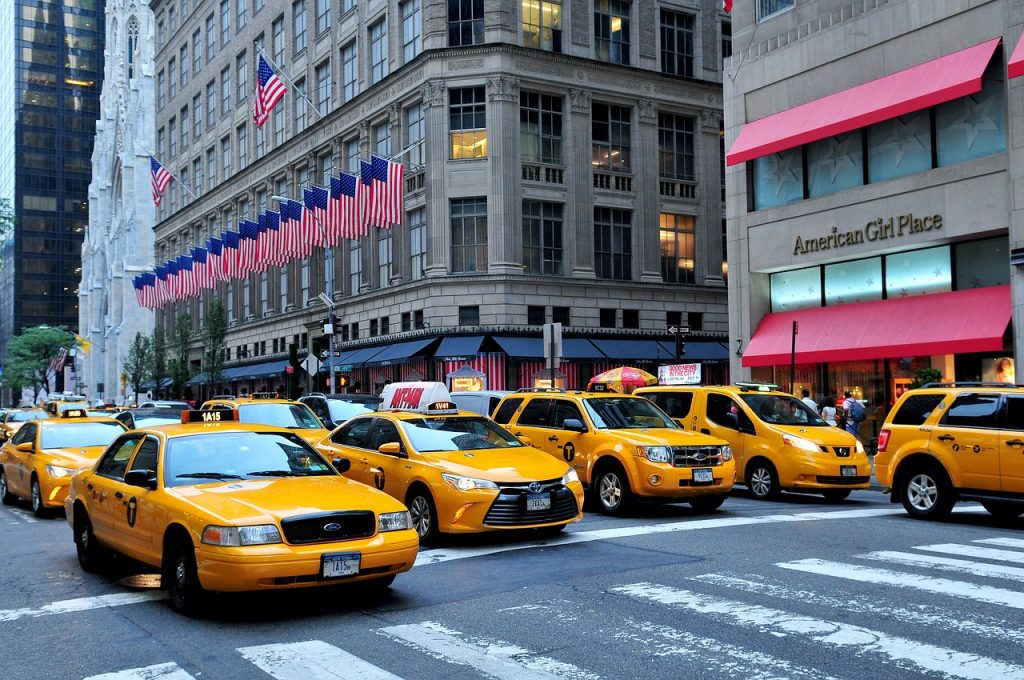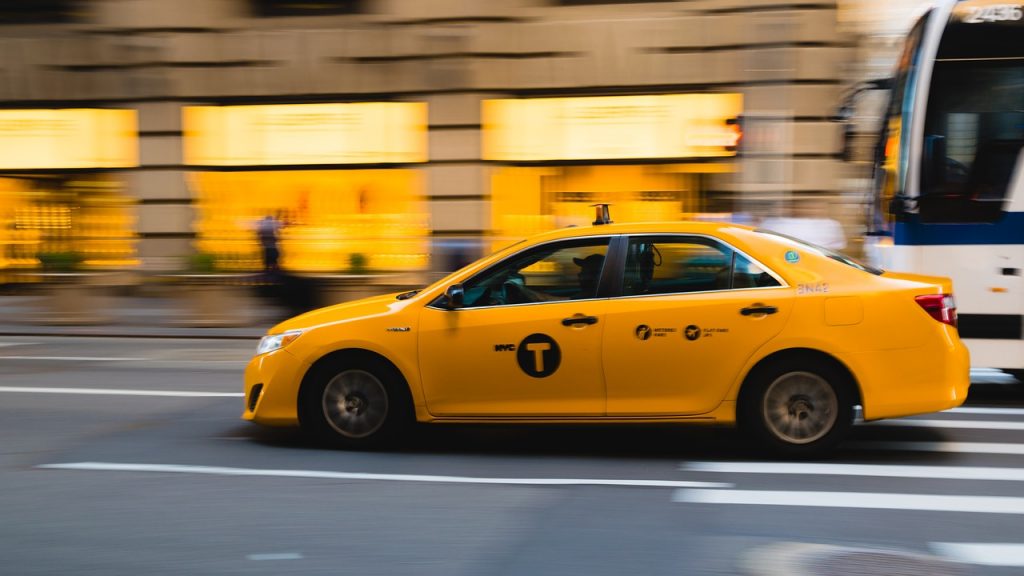Driverless Taxis Are Taking Over One Major City
Find out how driverless taxis will dominate one major city.
This article is more than 2 years old

General Motors is releasing its newest driverless taxis for the people in San Francisco. Primarily exclusive to GM employees, the company is ready to embrace the public by letting locals try out the taxis. Sign-ups are minimal for these autonomous vehicles, but the first public trips will be free to San Fransisco residents.
Strangely enough, General Motors’s first round of driverless taxis will only be available for six hours, between 11 pm and 5 am. A spokesperson for GM clarified why such odd hours are being set for the taxis, stating that nighttime driving will have the most impact on the performance of the cabs. Once the vehicles have successfully run at night, GM will expand their hours for optimal accessibility to the public.
The driverless taxis, called Cruise taxis, are the first autonomous cabs in America to launch. This comes on the heels of the automotive industry shifting its focus to autopiloted or driverless vehicles. Tesla is a perfect example of utilizing this new technology with its popular self-driving cars. Other car companies are fighting to keep up with this market demand, crafting new vehicles out of old models with innovative driverless functions.
As of now, the Cruise driverless taxis will only operate within a strict set of parameters. The California DMV gave GM permission for Cruise to make commercial rides, but only during specific times and weather-permitting conditions. Only five self-driving vehicles will be allowed on San Fransisco roads and they can only reach a speed limit of 30mph. Fog and rain, common conditions in the Bay Area, will impede a Cruise vehicle’s ability to perform services on a given day.

Waymo, a Google-owned company, will also administer driverless taxis in California but under a more significant condition. Waymo’s taxis need to have a driver at all times in the front seat, even though the vehicles will operate autonomously. The DMV approved the company’s cabs to work in San Mateo and San Fransico and reach a maximum speed of 65 mph. The taxis will also be available at all hours, instead of GM’s taxis that can only operate at night.
Softbank Vision Fund invested billions of dollars into General Motors’s driverless taxis over the years. The relatively new venture capital fund gave GM $2.25 billion to invest in Cruise vehicles in 2018. The first deposit is accompanied by a recent $1.35 billion investment, congratulating GM’s public implementation of autopiloted cabs. Both companies teamed up with a wish to eliminate road collisions and fatal crashes in the near future.
With Softbank’s ample funds, GM is already improving its Cruise vehicles and capacity. The automotive company wants to roll out a driverless electric shuttle with more space for passengers. GM intends to revolutionize public transportation with these driverless taxis, using environmentally friendly vehicles to replace antiquated city transit. The shuttle would have two rows of three facing each other and have sliding doors like a subway train.
Cruise’s driverless taxis are rolling out in San Fransisco this month. As of today, you’ll only be able to use one in the earliest hours of the morning. If all goes well with their performance review, Cruse vehicles could operate all hours and expand to cities across America.



